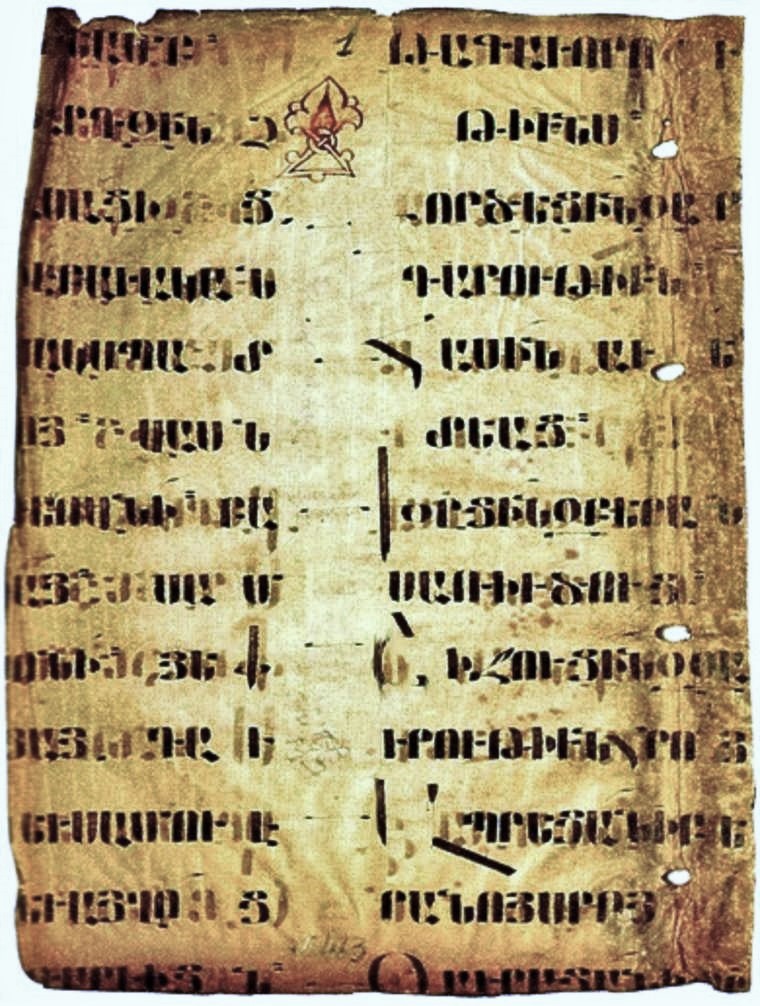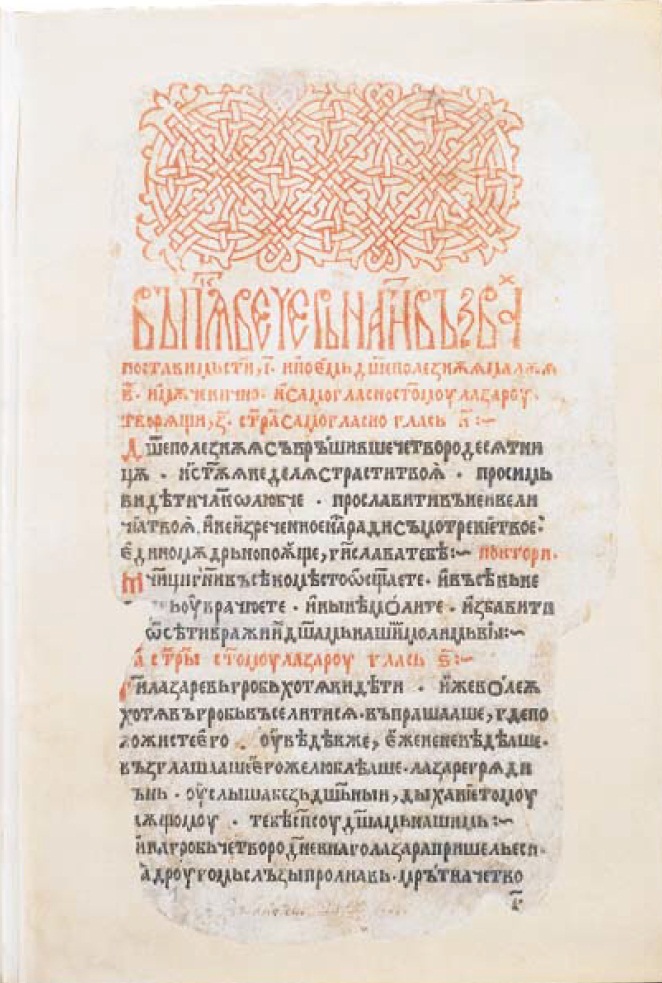|
Caland System
The Caland system is a set of rules in the reconstructed Proto-Indo-European language which describes how certain words, typically adjectives, are derived from one another. It was named after Dutch Indologist Willem Caland (1859–1932), who first formulated part of the system. The cognates derived from these roots in different daughter languages often do not agree in formation, but show certain characteristic properties: *Adjectives are formed using zero-ablaut ''ro''-stems (i.e., word stems ending in '' *-ro''), '' u''-stems, or amphikinetic '' nt''-stems. *Adjectives are sometimes formed using '' i''-stems, especially in the first part of a compound. *Corresponding stative verbs in often exist. Examples Example 1 'light (in weight)': *''ro''-stems: Ancient Greek ''elaphrós'' 'light, quick'; Old High German ''lungar'' 'fast' *''u''-stems: Ancient Greek ''elakhús'' 'small'; Sanskrit ''laghú-, raghú-'' 'quick, light, small'; Avestan ''ragu-'' 'fast'; Latin ''levis'' 'ligh ... [...More Info...] [...Related Items...] OR: [Wikipedia] [Google] [Baidu] |
Proto-Indo-European Language
Proto-Indo-European (PIE) is the reconstructed common ancestor of the Indo-European language family. Its proposed features have been derived by linguistic reconstruction from documented Indo-European languages. No direct record of Proto-Indo-European exists. Far more work has gone into reconstructing PIE than any other proto-language, and it is the best understood of all proto-languages of its age. The majority of linguistic work during the 19th century was devoted to the reconstruction of PIE or its daughter languages, and many of the modern techniques of linguistic reconstruction (such as the comparative method) were developed as a result. PIE is hypothesized to have been spoken as a single language from 4500 BC to 2500 BC during the Late Neolithic to Early Bronze Age, though estimates vary by more than a thousand years. According to the prevailing Kurgan hypothesis, the original homeland of the Proto-Indo-Europeans may have been in the Pontic–Caspian st ... [...More Info...] [...Related Items...] OR: [Wikipedia] [Google] [Baidu] |
Avestan
Avestan (), or historically Zend, is an umbrella term for two Old Iranian languages: Old Avestan (spoken in the 2nd millennium BCE) and Younger Avestan (spoken in the 1st millennium BCE). They are known only from their conjoined use as the scriptural language of Zoroastrianism, and the Avesta likewise serves as their namesake. Both are early Eastern Iranian languages within the Indo-Iranian language branch of the Indo-European language family. Its immediate ancestor was the Proto-Iranian language, a sister language to the Proto-Indo-Aryan language, with both having developed from the earlier Proto-Indo-Iranian language; as such, Old Avestan is quite close in both grammar and lexicon to Vedic Sanskrit, the oldest preserved Indo-Aryan language. The Avestan text corpus was composed in the ancient Iranian satrapies of Arachosia, Aria, Bactria, and Margiana, corresponding to the entirety of present-day Afghanistan as well as parts of Tajikistan, Turkmenistan, and Uzbek ... [...More Info...] [...Related Items...] OR: [Wikipedia] [Google] [Baidu] |
Armenian Language
Armenian ( classical: , reformed: , , ) is an Indo-European language and an independent branch of that family of languages. It is the official language of Armenia. Historically spoken in the Armenian Highlands, today Armenian is widely spoken throughout the Armenian diaspora. Armenian is written in its own writing system, the Armenian alphabet, introduced in 405 AD by the priest Mesrop Mashtots. The total number of Armenian speakers worldwide is estimated between 5 and 7 million. History Classification and origins Armenian is an independent branch of the Indo-European languages. It is of interest to linguists for its distinctive phonological changes within that family. Armenian exhibits more satemization than centumization, although it is not classified as belonging to either of these subgroups. Some linguists tentatively conclude that Armenian, Greek (and Phrygian) and Indo-Iranian were dialectally close to each other;''Handbook of Formal Languages'' (1997p. ... [...More Info...] [...Related Items...] OR: [Wikipedia] [Google] [Baidu] |
Hittite Language
Hittite (natively / "the language of Neša", or ''nešumnili'' / "the language of the people of Neša"), also known as Nesite (''Nešite'' / Neshite, Nessite), is an extinct Indo-European language that was spoken by the Hittites, a people of Bronze Age Anatolia who created an empire centred on Hattusa, as well as parts of the northern Levant and Upper Mesopotamia. The language, now long extinct, is attested in cuneiform, in records dating from the 17th ( Anitta text) to the 13th centuries BCE, with isolated Hittite loanwords and numerous personal names appearing in an Old Assyrian context from as early as the 20th century BCE, making it the earliest-attested use of the Indo-European languages. By the Late Bronze Age, Hittite had started losing ground to its close relative Luwian. It appears that in the 13th century BCE, Luwian was the most widely spoken language in the Hittite capital, Hattusa. After the collapse of the Hittite New Kingdom during the more general L ... [...More Info...] [...Related Items...] OR: [Wikipedia] [Google] [Baidu] |
Latin
Latin (, or , ) is a classical language belonging to the Italic branch of the Indo-European languages. Latin was originally a dialect spoken in the lower Tiber area (then known as Latium) around present-day Rome, but through the power of the Roman Republic it became the dominant language in the Italian region and subsequently throughout the Roman Empire. Even after the fall of Western Rome, Latin remained the common language of international communication, science, scholarship and academia in Europe until well into the 18th century, when other regional vernaculars (including its own descendants, the Romance languages) supplanted it in common academic and political usage, and it eventually became a dead language in the modern linguistic definition. Latin is a highly inflected language, with three distinct genders (masculine, feminine, and neuter), six or seven noun cases (nominative, accusative, genitive, dative, ablative, and vocative), five declensions, four ... [...More Info...] [...Related Items...] OR: [Wikipedia] [Google] [Baidu] |
Sanskrit
Sanskrit (; attributively , ; nominalization, nominally , , ) is a classical language belonging to the Indo-Aryan languages, Indo-Aryan branch of the Indo-European languages. It arose in South Asia after its predecessor languages had Trans-cultural diffusion, diffused there from the northwest in the late Bronze Age#South Asia, Bronze Age. Sanskrit is the sacred language of Hinduism, the language of classical Hindu philosophy, and of historical texts of Buddhism and Jainism. It was a lingua franca, link language in ancient and medieval South Asia, and upon transmission of Hindu and Buddhist culture to Southeast Asia, East Asia and Central Asia in the early medieval era, it became a language of religion and high culture, and of the political elites in some of these regions. As a result, Sanskrit had a lasting impact on the languages of South Asia, Southeast Asia and East Asia, especially in their formal and learned vocabularies. Sanskrit generally connotes several Indo-Aryan lang ... [...More Info...] [...Related Items...] OR: [Wikipedia] [Google] [Baidu] |
Old East Slavic
Old East Slavic (traditionally also Old Russian; be, старажытнаруская мова; russian: древнерусский язык; uk, давньоруська мова) was a language used during the 9th–15th centuries by East Slavs in Kievan Rus' and its successor states, from which the Belarusian, Russian, Rusyn, and Ukrainian languages later evolved. Terminology The name of the language is known as ''Old East Slavic'', in reference to the modern family of East Slavic languages. Its original speakers were the Slavic tribes inhabiting territories of today's Belarus, the western edge of Russia, and western and central Ukraine. However, the term ''Old East Slavic'' is not universally applied. The language is traditionally also known as ''Old Russian'', (; russian: древнерусский язык, translit=drevnerusskij jazyk), however the term has been described as a misnomer, because the initial stages of the language which it denotes predate the dialec ... [...More Info...] [...Related Items...] OR: [Wikipedia] [Google] [Baidu] |
Tocharian B
Kuchean (also known as Tocharian B or West Tocharian) was a Western member of Tocharian branch of Indo-European languages, extinct from ninth century. Once spoken in the Tarim Basin in Central Asia. Tocharian B shows an internal chronological development; three linguistic stages have been detected. The oldest stage is attested only in Kucha. There are also the middle ('classicalʼ), and the late stage. Nomenclature Acorrding to Peyrot, the self-designation for the language was ''kuśi'' 'Kuča'. In scholarly works, it is known as West Tocharian or Kuchean. Overview According to scholar Michael Peyrot, Tocharian B is dated between the 5th and 10th centuries AD, and was spread from Kuča to Yānqi and Turfan Turpan (also known as Turfan or Tulufan, , ug, تۇرپان) is a prefecture-level city located in the east of the autonomous region of Xinjiang, China. It has an area of and a population of 632,000 (2015). Geonyms The original name of the ci .... Paul Widmer, followin ... [...More Info...] [...Related Items...] OR: [Wikipedia] [Google] [Baidu] |
Old Church Slavonic
Old Church Slavonic or Old Slavonic () was the first Slavic literary language. Historians credit the 9th-century Byzantine missionaries Saints Cyril and Methodius with standardizing the language and using it in translating the Bible and other Ancient Greek ecclesiastical texts as part of the Christianization of the Slavs. It is thought to have been based primarily on the dialect of the 9th-century Byzantine Slavs living in the Province of Thessalonica (in present-day Greece). Old Church Slavonic played an important role in the history of the Slavic languages and served as a basis and model for later Church Slavonic traditions, and some Eastern Orthodox and Eastern Catholic churches use this later Church Slavonic as a liturgical language to this day. As the oldest attested Slavic language, OCS provides important evidence for the features of Proto-Slavic, the reconstructed common ancestor of all Slavic languages. Nomenclature The name of the language in Old Church Slavoni ... [...More Info...] [...Related Items...] OR: [Wikipedia] [Google] [Baidu] |






